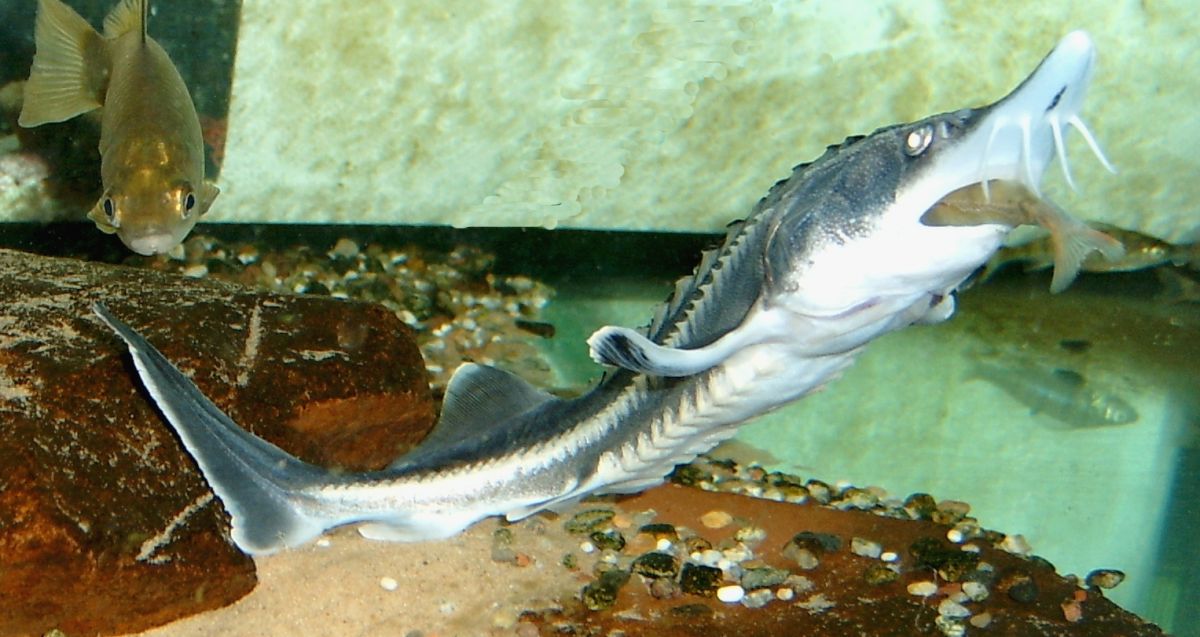Name (also fish glue) for the protein-containing agent obtained from fish bladders (house, sturgeon, catfish). Originally, only the bladder of Hausen (beluga) was used, which is native to the rivers that flow into the Caspian and Black Sea. Today, however, bladders of other fish species are also used, the most suitable ones being beluga and sturgeon. After the catch, the bubbles are cut open, softened in hot water and freed from the outer muscle layer and blood. The excellent effect was already known in the Middle Ages. Hausenblase is electrically positively charged and therefore attracts negatively charged substances. It was used before the development of filtration technology to make a wine bright(clear) before bottling. Today it is used to remove musty tones or in the form of mixed products with other agents such as gelatine. The extraordinarily high adsorption capacity is based on the high-molecular glue-like, strongly swelling protein bodies of the bubbles. Only about 1 g/hl of wine is required. Due to its relatively rapid perishability, fining defects can easily occur. See also under fining and vinification.

By Daniel Döhne - Hausen, CC BY-SA 3.0, Link
Voices of our members

The glossary is a monumental achievement and one of the most important contributions to wine knowledge. Of all the encyclopaedias I use on the subject of wine, it is by far the most important. That was the case ten years ago and it hasn't changed since.
Andreas Essl
Autor, Modena